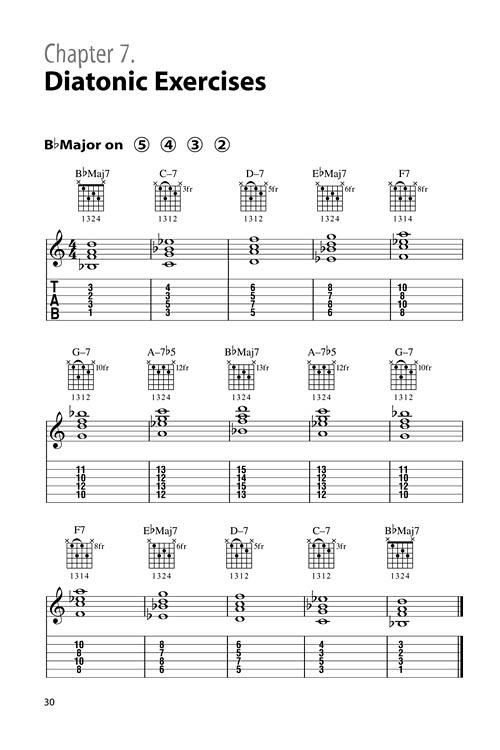
To compare chord and bass predictions, two HMM-Viterbi systems (denoted as HMM-C and HMM-B) are taken as baselines. The experiment was repeated 102 times to access variance. (denoted by ‘key-P’) and the frame-based bass accuracy (denoted by ‘F-acc’) were also reported. Meanwhile, to evaluate the performance of key and bass predictions, the accuracy of predominant key prediction 5 5 5Like in, we regard the first key in the ground truth key sequence as the predominant key of this song, while the predicted predominant key will be the most prevalent key in the key prediction. The same chord evaluation metric used in MIREX competition 2010 (denoted by ‘OR’ and ‘WAOR’ 4 4 4’OR’ refers to chord overlap ratio in MIREX 2010 evaluation and ‘WAOR’ refers to chord weighted average overlap ratio.) was applied to report chord prediction performance. In accordance with the MIREX train-test setup, we randomly split 2 / 3 of songs from each album to form the training set, while the remaining 1 / 3 were used for testing. There were 13 bass states corresponding to the 12 pitch classes as well as a ‘no bass’.

In this experiment, we used a full key alphabet ( 12 major and 12 minor keys), but restricted ourselves to a chord alphabet of 25 chords ( 12 major, 12 minor and no-chord). To our knowledge, the only system sharing a similar HMM topology is the expert knowledge based system proposed in – the musical probabilistic model. Generally speaking, it is a simultaneous key/chord predictor that also identifies bass notes, going beyond most of the existing key/chord recognition systems. The HP system is trained as illustrated in Figure 1 (Approach B) and the detailed HMM topology is depicted in Figure 2. We start from the premise that the key/chord recognition task is not different and propose the Harmony Progression (HP) system for recognizing keys/chords from audio relying purely on ML techniques. in speech recognition, machine translation, computer vision, etc. This contrasts with a clear tendency in Artificial Intelligence research to move away from systems based on expert knowledge to ML systems, e.g. For example, the key and chord transition parameters are set by hand, usually informed by perceptual key-to-key and chord-to-key relationships. However, most approaches are based at least partially on expert knowledge, where parameters are set on the basis of music theoretic knowledge of the developers (Approach A in Figure 1).

Keys and chords: N n = 1 (Approach B in Figure 1). Some existing key/chord recognition systems are based on Machine Learning (ML), where parameters are learned from a fully annotated training data set of features,


 0 kommentar(er)
0 kommentar(er)
